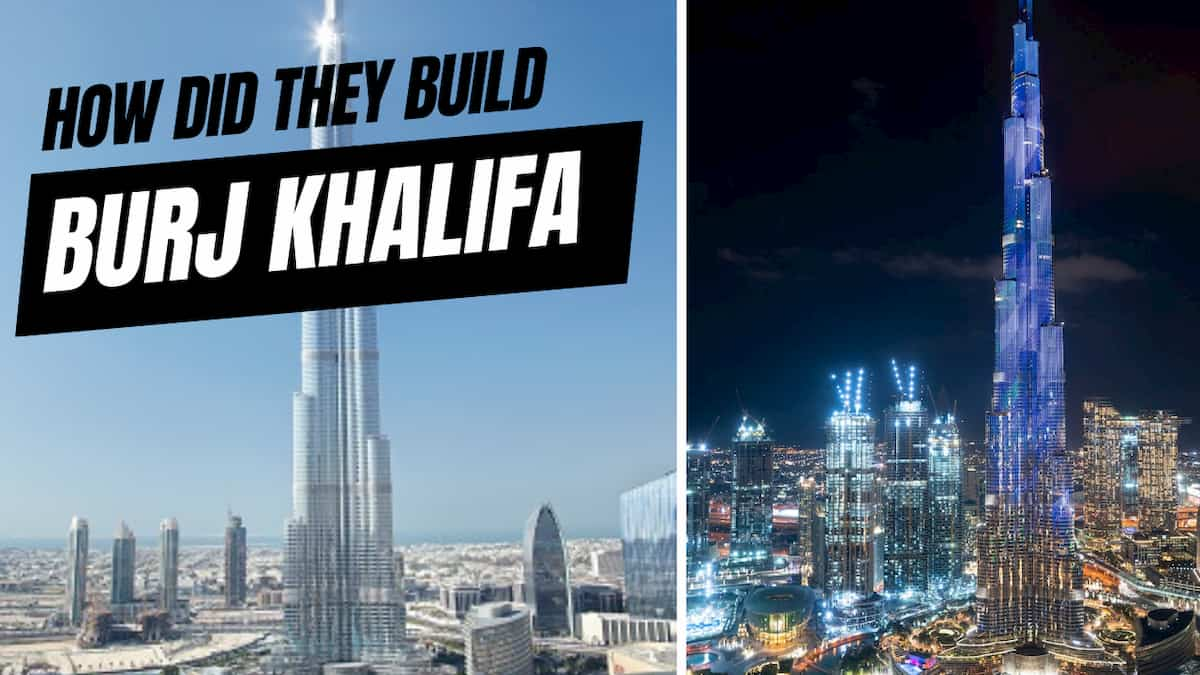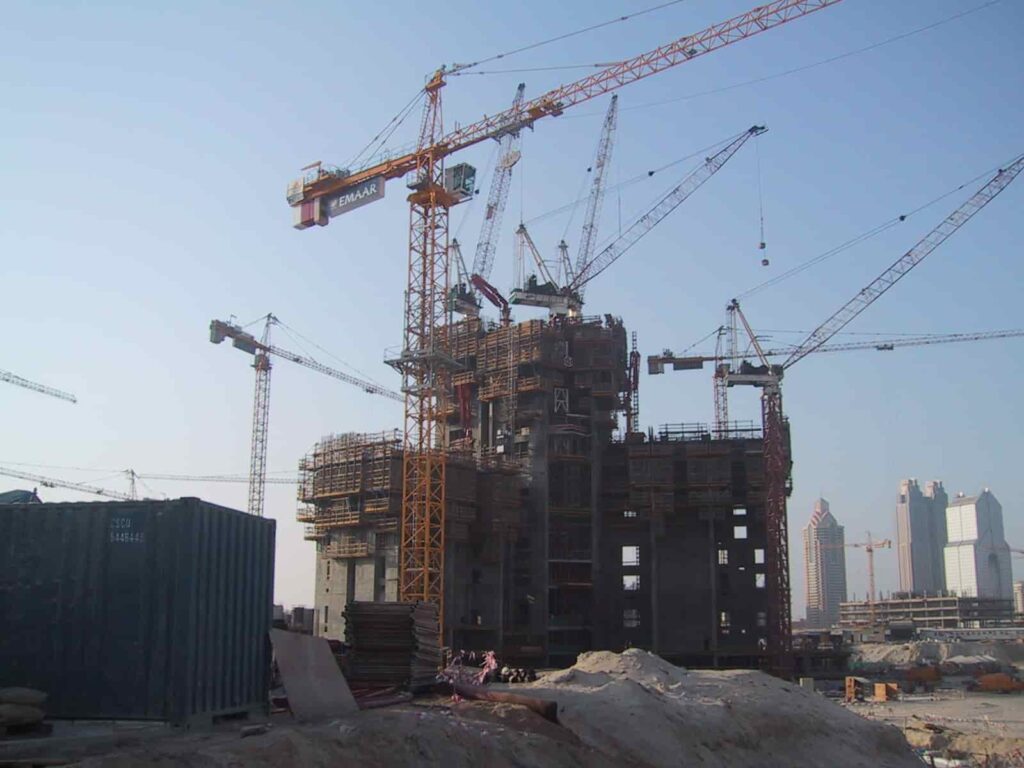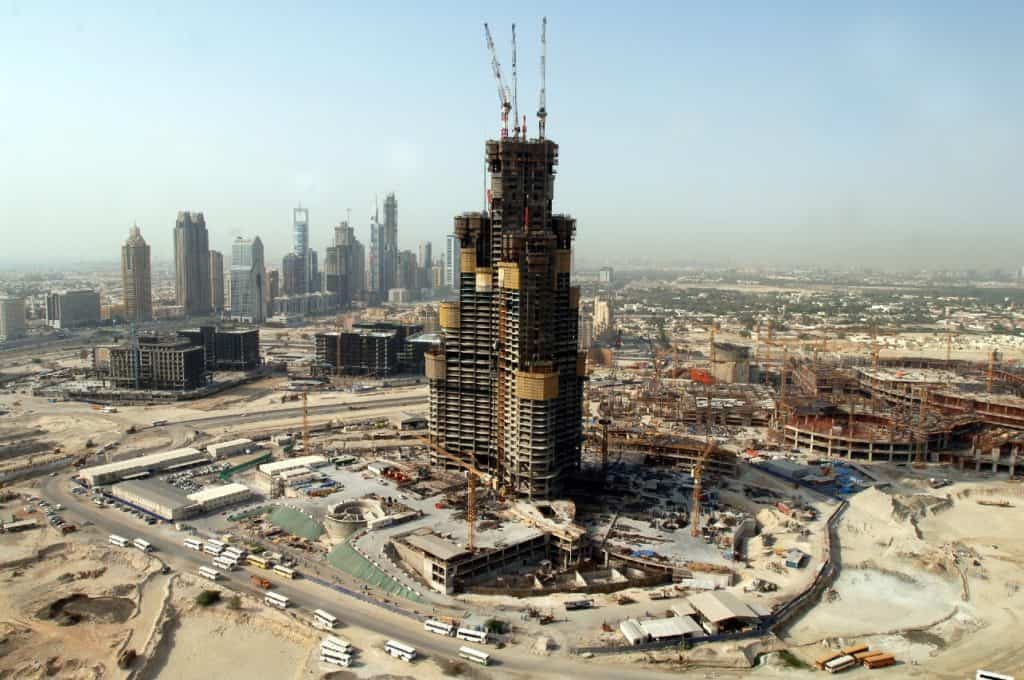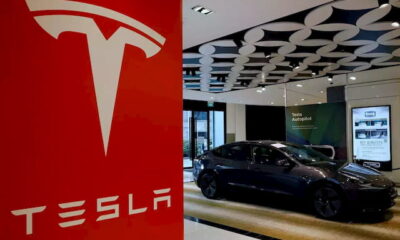Uncategorized
How Did They Build Burj khalifa

Dubai, powered by the wealth generated by being an oil hub of significant importance, is growing by nearly 600 percent in population growth over the last 30 years. The metropolis of today, Dubai, is a riverside city situated on the border of the desert. With iconic buildings and enormous construction projects. The most notable are the sail-like Burj al Arab, glistening, gigantic malls, and the glittering tree-shaped island in the palm of Jumeirah, possibly the most famous of all. The futuristic Burj khalifa is an iconic symbol of the city and the world’s highest building. Take a look today for a look into the way the building was built.

The Burj Khalifa towers above Dubai at an astonishing 823 meters tall, or just over half a mile higher than the stunning fountain in front of the building. The fountains utilize water reclaimed from the cooling system of the tower as well as recycling 15 million gallons a year, enough to fill 20 Olympic swimming pools, similar to those in Dubai all over the world. The building of the Burj Khalifa was quick, costly, and groundbreaking. The process from breaking the ground to achieving Taiwanese construction Taipei 101’s prior record was completed in 1325 days to be the tallest structure in the world, which is just three-and-a-half months, beginning with excavation in January 2004.
The official opening took a few more days, with the official ceremony happening in January 2010. The cost was around $1.5 billion, but it was never a problem. Since the majority of the area was inside, the building was transferred. “Off-plan” before construction started, the building was intended to be a focal point of the city.
Burj Khalifa Design
The design for the Burj Khalifa was initially an open competition among the most renowned designers in the world that was eventually won by a towering structure: Specialist Skidmore architects from Chicago, many of the challenges during the building naturally related to height. It is essential to design a self-supporting structure that height withstands weather conditions and physically transports the needed materials to higher-level construction locations.


Although it may not immediately be apparent to those who don’t know, the concept is based on the hymenocallis desert bloom in an abstract shape. The three main components are built around a central core, with the floor area shrinking when the structure rises. Give natural stability to the structure. The layout also provides an impressive amount of window space. Aerodynamics, in reality, are the critical element in the ability of the Burj to withstand the elements, which it does without using measures like the mechanism that damps momentum in Taipei 101.
The uneven cross-section of the structure means that the force a storm can push into it isn’t equally distributed across the height
Shape and structure of Burj Khalifa
A triangular outline of a star shape can effectively provide torsional strength, stopping bent and twisting of the structure from withstanding strong forces and preventing risky wave-like motion that could occur in a conventionally-shaped structure. Gradually narrowing floors were thoroughly examined using computers and wind tunnels. As a result, the elegant shape not only stands in a prominent position as an architectural landmark but also features a practical design designed to provide stability even at this height above the ground.

The construction process was enormous, with an estimated 22 million person-hours spent on the project with people of 100 nationalities and more than 12000 diverse employees. The finished Burj has 39000 tonnes of steel Rebar, and 330000 tons of concrete from the end to the steel bars. The structure itself could stretch for around a quarter across the globe. One hundred ninety-two concrete bars are inserted into the ground to create an earth foundation more than 50 meters below the surface.
At the core of this foundation lies a 37-meter-thick concrete mat. It is the base of the structure that the entire structure is built. More than 45000 square meters of concrete. It is situated in the foundations that support the building all by itself. The most unpopular topic in the process is the use of cranes. Three of them were operating round the clock and were large enough to carry material up to the 156th level, the top floor of the construction, which is a elevation of 700 meters.
A precise plan was needed to lift the cranes down as to their weight and size. The concrete pumping process that was carried out to raise the core of the building, which required 200 bar of force, is an engineering feat that was never done before the building of Burj Khalifa. To put the magnitude of the building in perspective, adding the exterior cladding to the structure required the efforts of 300 engineers and the construction crew. They set records along the way. The aluminum used is comparable to the material utilized in five Boeing Jumbo Jets.
Overview of elevator design in Burj Khalifa
The design of the elevators is a wonder as well. The Burj has three primary floors that serve as the hubs of elevators and allow smaller local elevators to serve other floors from these hubs.
No elevator runs from bottom to top. However, the main service elevator can reach over 500m, making it the world’s highest elevator. It also tops the world’s previous tallest building, Taipei 101. There are a staggering number of elevators in the Burj Khalifa in the middle. At the top, that is its height. Burj Khalifa is a famous tower, a telescopic structure of more than 4000 tons of steel for structural use. This 200-meter-tall structure was initially constructed within the tower’s walls and later elevated to its current position by hydraulics.
The running of the building is also complicated, with electrical and plumbing. A double-sized story on every thirty or more floors offers enough space for the equipment required to maintain the tower’s fundamental functioning. Each floor of operations offers the necessary services to 15 or more stories over and beneath it. They house electric substations, water tanks, air handling units, and pumps that pump water, a specific issue due to the high elevation and the desert’s humid environment.
With the large amount of cooling needed within the tower and the regular water use, a completely different piping system was designed to handle that cooling, condensation, and liquid alone. 250000 gallons of water are used daily to keep the Burj khalifa running. All this “functional” equipment was kept in the basement when it was built. It was then moved in the evening to the less glam, essential tower floors with a mix of hoists, cranes, and central service lifts to create the gleaming emblem of a nation. After all, customers must pay for the views and the lavish surroundings to assist with this. The tower has telescopic, permanently placed window washing and maintenance equipment for what we can think of as among the top grueling tasks in the world. The whole facade is cleaned every 34 months. The Burj houses hotels, residences, and public platforms for viewing, along with businesses and luxurious private homes. The tower also has lifestyle amenities such as pools and fitness centers to go with the other amenities. The structure has evolved into an entire community just 11 years after the building’s opening.
It’s still a little over $100 to go to the highest floors accessible to visitors of the Burj Khalifa. Experience the stunning views. You are staying in the Giorgio Armani-designed hotel, which starts at 700 dollars for a standard double room. However, this will only allow you to go as high as the 39th floor. You can also go to the highest club in the world on the 144th floor. Amazingly, there are plans to challenge the Burj. India is already talking about an enormous 110-story building in the bustling city of Mumbai. South Korea is also looking at a possible rival, not forgetting the urban legend of an option to build additional floors should the Burj ever be exceeded it’s. It’s a myth. However, the Burj is a famous symbol of Dubai’s prosperity and technological progress.
-

 Cars3 years ago
Cars3 years agoThe Top 10 Most Luxurious Cars
-

 Health Care3 years ago
Health Care3 years ago5 Ways To Increase Your Testosterone Naturally
-

 Cars3 years ago
Cars3 years agoBest 28 Car Accessories And Gadgets For Road Trips
-

 Cars2 years ago
Cars2 years agoDriving Towards the Future: A Deep Dive into Tesla’s Autonomy Capabilities
-

 Dogs3 years ago
Dogs3 years agoIs Your Dog on the List? The Smartest Dog Breeds, Ranked
-

 Cameras3 years ago
Cameras3 years ago10 Best 360 Digieye Wifi Camera
-

 Weight Loss3 years ago
Weight Loss3 years agoBruce Lee’s Weight Training
-
Uncategorized3 years ago
20 Best Things to Do in France

